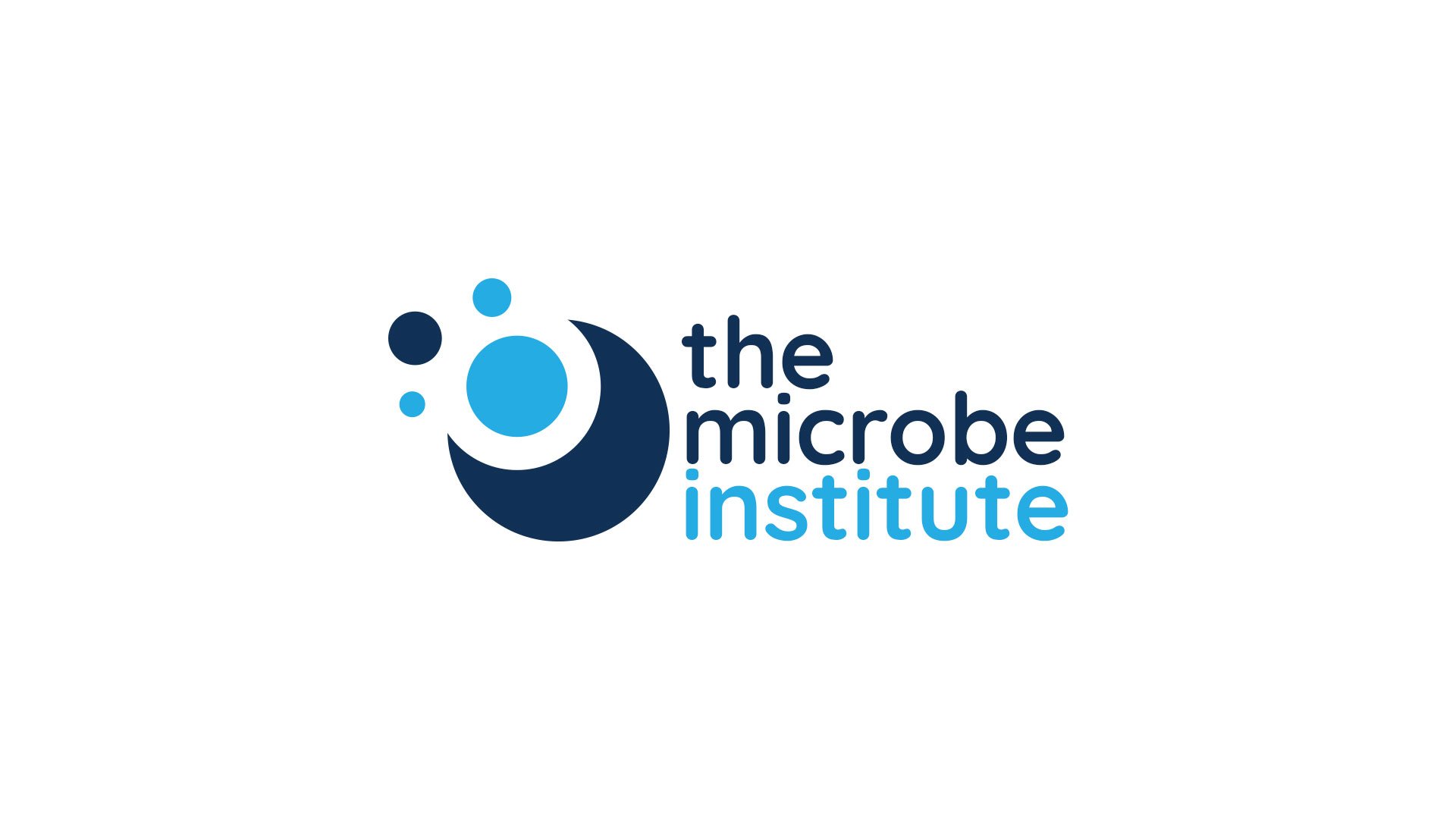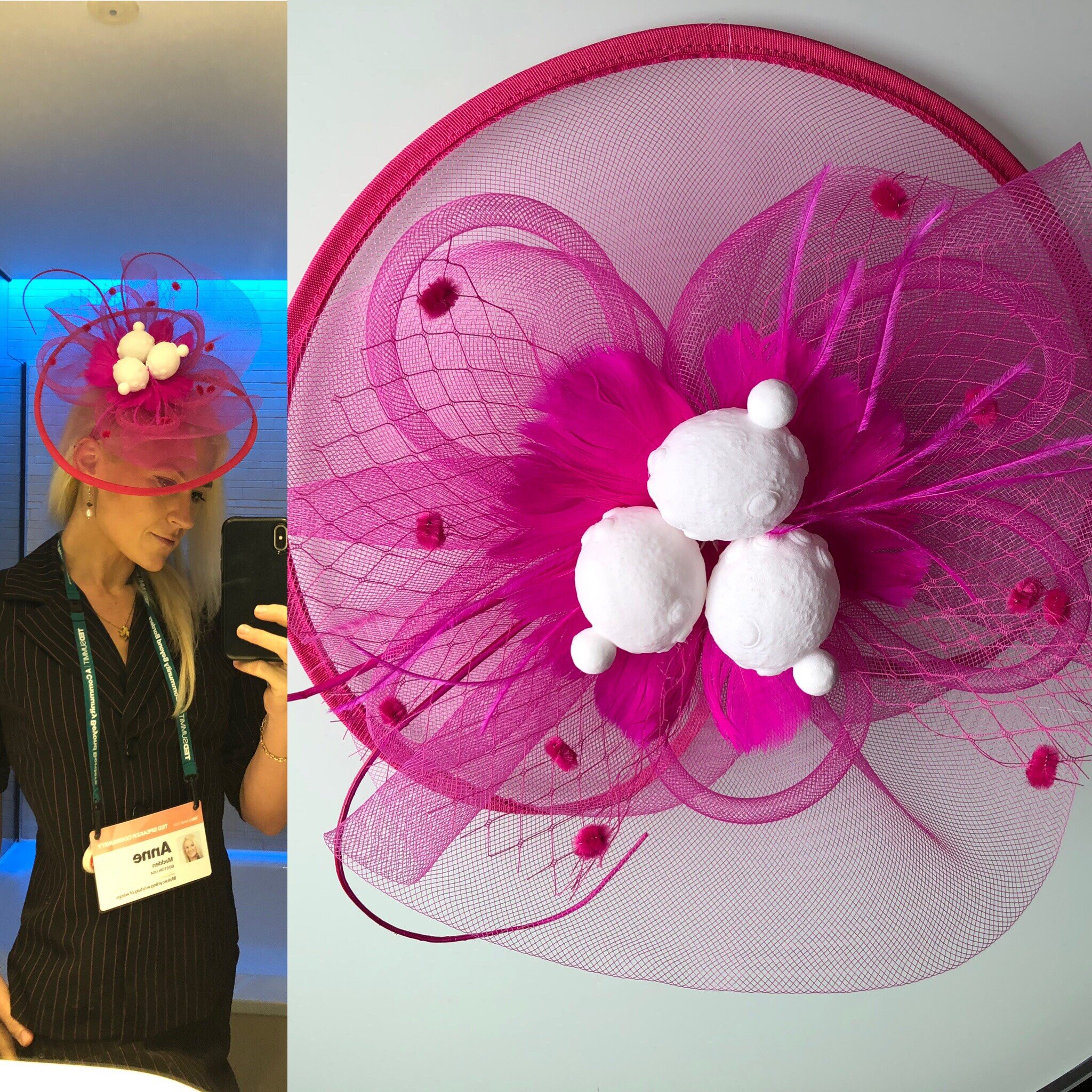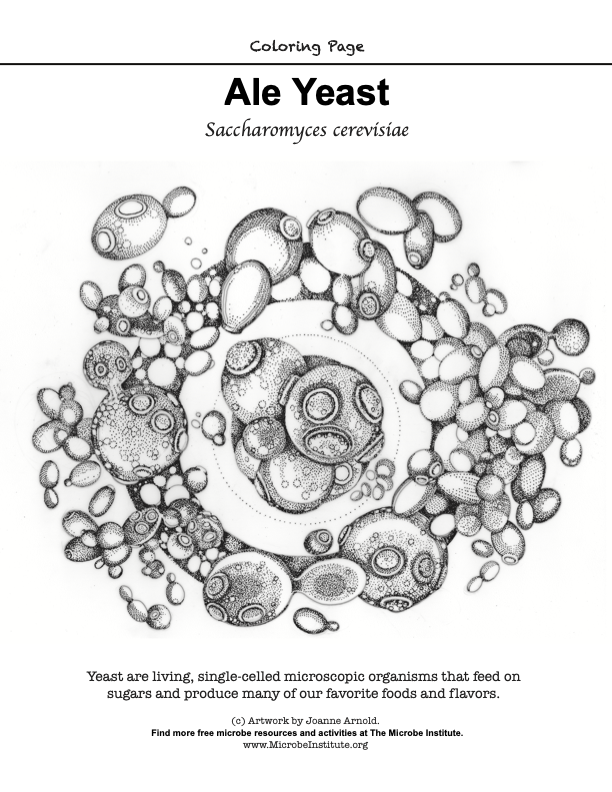
The Sound of Beer Flavor
What does great beer flavor sound like?
We took chemical data from beer fermented with a unique, insect-associated yeast—a yeast that can make unique sour flavors in beer—and worked with a sound artist to translate these data into music.

The Role of Yeast in Beer
Yeast are living, microscopic creatures responsible for fermenting grains and creating the alcohol in beer. But they are also responsible for making many of the flavors in beer. By some estimates, up to 50% of a beer’s flavor comes from yeast!
The Chemical Data of Flavor
Working with our industry partner, Lachancea LLC, we focused on the first 8 days of fermentation—starting the second the yeast cells are added to malted grains. The associated graph shows the fermentation data of how these unique Lachancea yeasts produce alcohol, glycerol, and tart acids to make a sour beer.

The Artist Who Translated the Data into Music
Sound artist Jude Casseday used these data and our accompanying flavor descriptions to create music, a process called “sonification.”

The Music: The Sound of Beer Flavor
Keep scrolling to read the audio description of what you are listening to.
The Audio Description
First, we hear the buzzing of bees, which eludes to the wasp and bumblebee origins of this unique Lachancea yeast. Then, the flavor notes resound the instant these yeast cells are added to the malted grains. Fermentation takes off. The Ph, alcohol, and glycerol shift rapidly in the first three days of the fermentation. You’ll hear the alcohol—the resonant bell (black data line)—rise as the yeast cells convert grain sugars into ethanol. At the same time, the pH—the woodwind (orange data line)—drops quickly, as this unique yeast species churns out tart lactic acid that increases the acidity of the beer (decreasing the pH). Layered into this is the softer voice of the glycerol. Glycerol has no flavor on its own, but it is a heart note in the beer. At just the right level, it improves mouthfeel. The glycerol—plucked string (blue data line)—increases steadily, but very slightly, alongside the alcohol. There is a settling in after the first three days and the flavor tones intertwine and resolve in a delicious souring which gives the beer its unique flavor and unique sound.

How can such “sonification” of data make beer science more accessible to broader audiences?
Such ‘multisensory teaching’ approaches—engaging visuals, touch, and hearing—provide an effective and inclusive way to educate diverse audiences, including those with learning disabilities and/or diverse learning needs.
Sources: Center for Student Achievement Solutions, and The International Dyslexia Association
Meet the Team Behind the Project
-

The Microbe Institute
An organization dedicated to democratizing microbial discovery for a better tomorrow by co-creating, accelerating, and increasing the impact of microbial research, education, and art projects.
-

Jude Casseday
A North Carolina-based sound artist (Dejacusse on Bandcamp).
-

Lachancea LLC
A North Carolina-based brewing yeast company offering exclusive access to a unique portfolio of non-GMO, rapid-souring, and flavorful Lachancea yeasts to improve the future of fermentation.
Interested in Our Other Yeast Projects?













